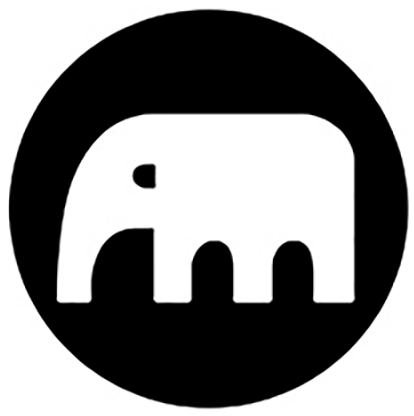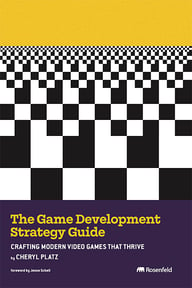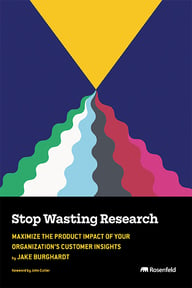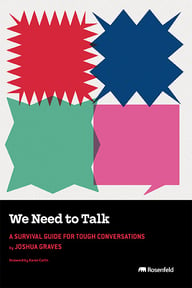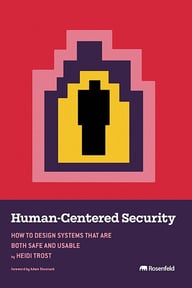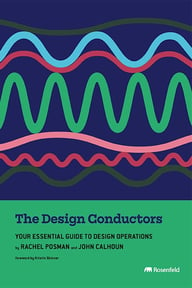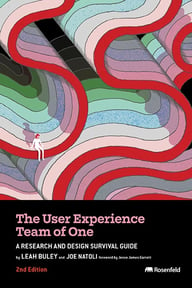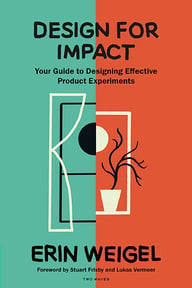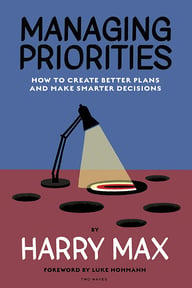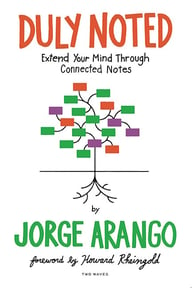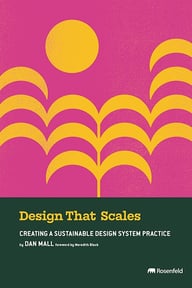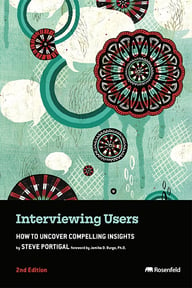Accessible only to conference ticket holders.
Log in Create account Buy conference recordings
For 90 days after a conference, only paid ticket holders can watch conference videos. After that, all Gold members have access.
If you have purchased recording access and cannot see the video, please contact support.
Summary
In this case study, we’ll share how one large design org began reshaping its feedback culture by focusing not just on what gets reviewed, but how we talk about work. The turning point wasn’t a new tool—it was unlearning long-held assumptions: that critique is a milestone, that it’s only for finished work, or that feedback is something senior people give and juniors receive. We’ll walk through how we introduced lightweight feedback rituals, role-based archetypes, and a simple starter kit to help designers ask for the feedback they actually need—earlier, more confidently, and with more clarity. Along the way, we’ll share the bumps, lessons, and shifts in mindset it took to make critique feel like a creative tool, not a performance review. You’ll leave with practical ideas to build a culture of feedback—and a deeper appreciation for the messy, human side of improving our craft together.
Key Insights
-
•
Feedback is a system that requires choreography, timing, and targeting to truly move design work forward.
-
•
Poorly framed feedback with conflicting comments and no clear ask causes confusion and stalls progress.
-
•
Amazon Devices built a feedback engine with defined rituals at different maturity stages to scale quality feedback for 500 designers.
-
•
Strong feedback is anchored in a clear intent, specific observations, actionable guidance, and ends with a next step and owner.
-
•
Feedback is subjective by nature and should sharpen, not flatten, the intent behind creative work.
-
•
Negative feedback archetypes — like the monopolizer or the fog — erode trust and add churn in design processes.
-
•
Positive archetypes such as the clarifier, connector, and synthesizer help set examples for effective feedback contribution.
-
•
Feedback loops must be agile and adaptive; rigid linear processes do not fit fast-changing projects.
-
•
Late or contradictory feedback can often be mitigated by frequent, early crits and cross-team alignment.
-
•
Psychological safety and balancing candor with care are essential to making feedback a growth-focused investment.
Notable Quotes
"The hidden hero or villain of craft is really feedback, the quality of feedback that we give."
"Feedback is a system. It's not just a pile of comments. It needs to be choreographed, timed, sequenced, and aimed to move the work."
"Strong teams don't serve weak feedback."
"What's weak feedback? Vague, off target, or late stuff like make it pop or opinions with no owner or next step."
"Feedback is a lot like holding up a mirror. You're reflecting what's already working and like using a flashlight to hide in the corners."
"Giving feedback is a skill, just like design. It takes practice and care."
"We approached feedback loops like a system equal parts structure and skill. They have to reinforce one another."
"You can't do one without the other. Design the system, set rituals in the quality bar. They reinforce each other."
"Match the moment. Calibrate the altitude and the type of feedback to the context."
"Feedback is more like an investment and a contribution into not just the person's work, but also to their growth."
Or choose a question:
















More Videos

"We moved from Evernote to spreadsheets, to a giant affinity board in Mirror, then to UserVoice, and finally to idiomatic software with AI."
Shipra KayanHow we Built a VoC (Voice of the Customer) Practice at Upwork from the Ground Up
September 30, 2021

"Design automation will reduce armies of workers to maybe just a single operator of the machine."
Erin MaloneUnderstanding the past to prepare for the future
July 19, 2024

"It’s better to run lots of quick, cheap experiments to remove doubt than to wait for the perfect, statistically significant test."
Alissa BriggsHow to Coach Enterprise Experimentation
May 14, 2015

"OKRs can sometimes suck the oxygen out of the room if they focus only on bottom-line results, missing process and experience."
Bria Alexander Benson Low Natalya Pemberton Stephanie GoldthorpeOKRs—Helpful or Harmful?
January 20, 2022

"Measuring impact means linking research insights back to decisions and how they affect roadmaps and priorities."
Ned Dwyer Emily Stewart James WallisThe Intersection of Design and ResearchOps
September 24, 2024

"Before giving someone access to research tools, we do a 60-minute one-on-one training to cover the essentials."
Clemens Janssen Jane DavisEfficiently Scaling Research as a Team of One
March 28, 2023

"Emotion is the new brand value; trust is earned over time and emotional connection drives loyalty."
Kelly GotoEmotion Economy: Ethnography as Corporate Strategy
May 13, 2015

"It’s our job to see the person in front of us, and if that means having an uncomfortable conversation, have that conversation."
Lin NieWhen Thought-worlds Collide: Collaborating Between Research and Practice
March 10, 2021

"Open yourself up to the ways of being, knowing, doing, working, living, and breathing of others."
Victor UdoewaTheme One Intro
March 27, 2023
